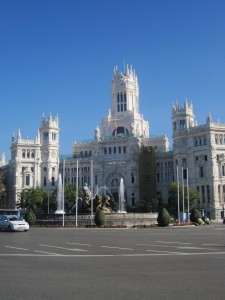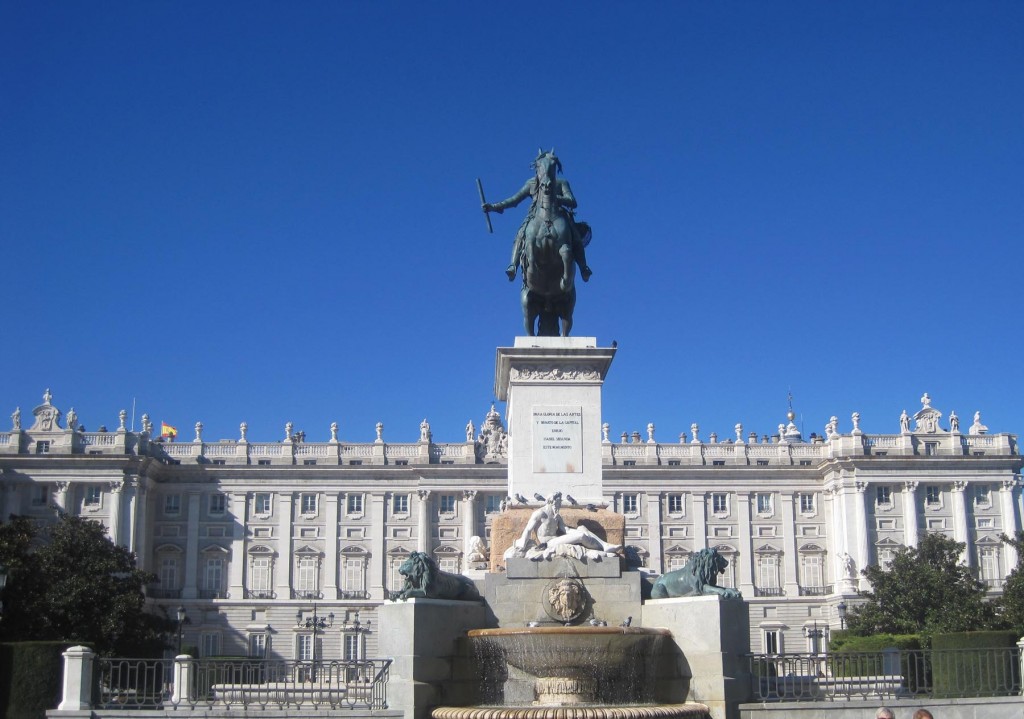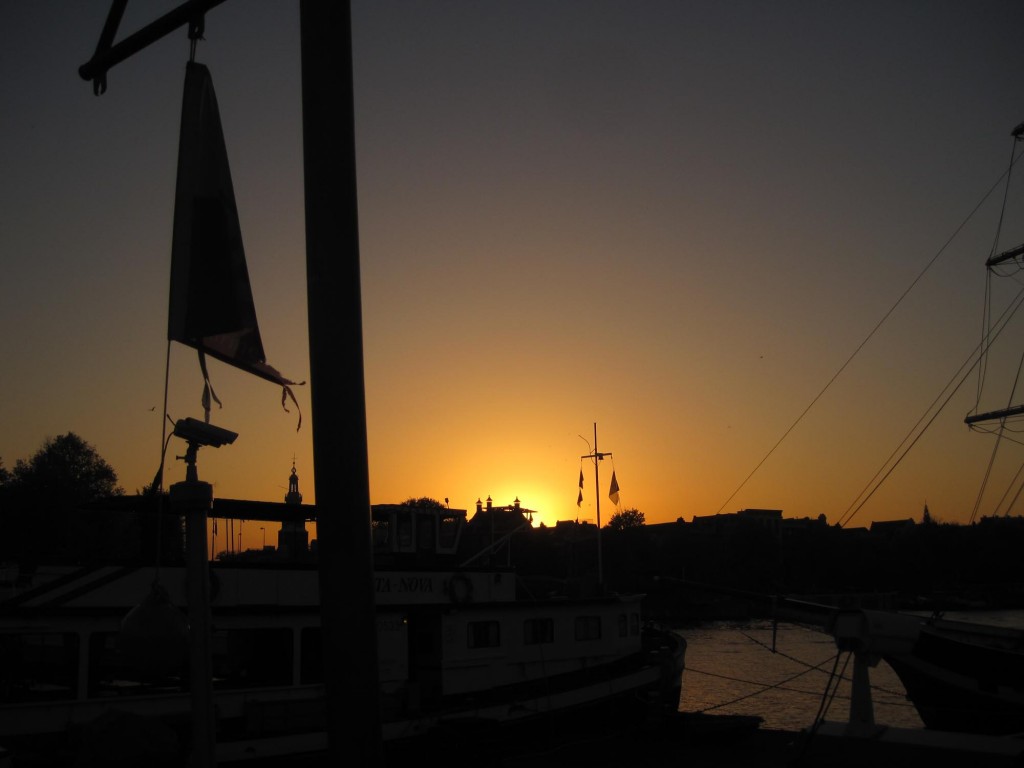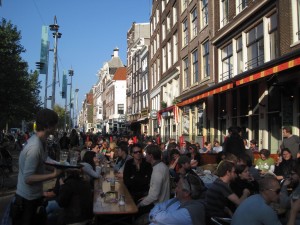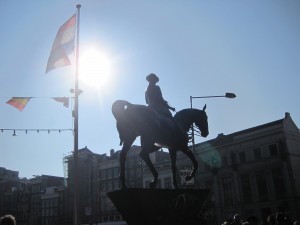1. Opportunities to travel: It’s not very often that you have a chance to travel as easily and as inexpensively as you do when studying abroad. Being in Cambridge, I’ve been able to explore much of Europe and with classes for the week ending by noon on Thursday, I was always guaranteed three and a half days every week to travel and visit places I might not otherwise would have had the opportunity to see. Our study abroad program even had designated weekends where we traveled as a group to parts of England with transportation and accommodation being paid for by the program.
2. Experience a culture first-hand: In order to truly embrace a culture you have to immerse yourself in it over an extended period of time. A quick visit to see the sights and taste some new food should hardly be considered experiencing a new culture. There’s so much more to what appears on the outside. In order to truly appreciate a culture you have to learn about their values, perceptions, beliefs and differences from your own culture.
3. Learn about yourself: Studying and living in a country is without a doubt an incredible experience, but it is also a great way to learn new ideas and gain new perspectives about yourself and your own culture. I’ve experienced challenges during my four months abroad that have caused me to grow as a person and simultaneously expand my worldview. I’ve truly benefited from being able to view my own culture through the eyes of others.
4. Network and make new friends: When you live in one place for four months you are bound to make new friends and meet a wide variety of people. I’ve been fortunate enough to meet plenty of people during my travels around Europe and around Cambridge. Some were people I shared a brief conversation with while others were people I’m confident I’ll stay in touch with for many years to come. I’ve been able to learn a lot from the people I’ve come in contact with while studying abroad and through them and I’ve been able to learn a lot through every one of them.
5. Enhance employment opportunities: With the world becoming more and more globalized and more counties continually investing in the international market, having experience in a foreign country can only be a benefit in future careers. Studying abroad shows that you are willing to embrace challenges and handle diverse problems and new situations. Who knows, it might even be the difference between your resume and that of someone else who hasn’t taken up the opportunity to study abroad.




